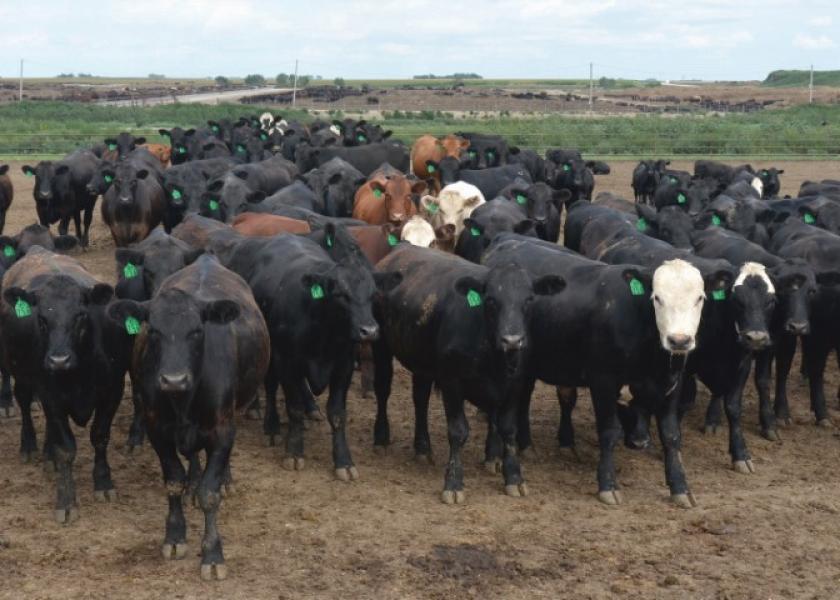A Good Start for New Cattle

Starting calves can be as much art as science, which explains why some stocker operators and feedlots have more success than others. Veteran feedlot consulting veterinarian Tom Noffsinger, from Binkleman, Neb., says to be successful in starting cattle, cowboys must become as knowledgeable about animal behavior as about disease treatments and health products.
“Where the cattle came from and how they were handled previously will have a significant influence on how they act on arrival,” Noffsinger says. “Depending on how comfortable they are with humans, some cattle will mask how sick they are, causing the pen rider to pull them a day or two late.”
Noffsinger’s low-stress animal handling clinics and seminars have become popular with cattlemen across the country. Many are surprised to learn low-stress techniques can aid in the battle against an old foe—bovine respiratory disease (BRD), or shipping fever.
BRD is easily the most economically damaging disease in the beef industry, and the most common cause of death for all production classes of cattle and calves resulting in estimated industry losses of $650 million to possibly $1 billion annually. That’s why universities and animal health companies spend so much time and money researching the disease. Today, veterinarians say cattlemen have better vaccines, advanced treatments and more information than ever before, yet they agree there is no silver bullet to correct the stress and immunity suppression of mismanagement.
Post-weaning, strategies to minimize BRD and prepare cattle for a feedlot environment date back to the 1960s and the concept was attributed to Iowa State University Extension veterinarian John Herrick. The goal was to decrease morbidity and mortality in the feedlot by supplying a calf that was vaccinated, castrated, dehorned, dewormed, weaned and trained to eat from a feed bunk and drink from a water tank. Today, those same management and health protocols can significantly increase returns to calf producers.
“We know preconditioning calves is crucial for reducing the incidence of BRD in feedyards,” says Dee Griffin, DVM and director of Nebraska’s Great Plains Veterinary Educational Center. “We don’t need a new technique or strategy. What we need to do well is what we already know is the correct management practices.”
While Griffin refers to the practice of weaning and preconditioning, Noffsinger encourages producers to broaden their focus to include low-stress animal handling starting at birth.
“Weaning begins the day the calf is born,” he says. “How you handle that momma cow is going to have an effect on that calf, and how you handle that calf from day one is going to help determine how that calf reacts to weaning.”
Read Part 2: Transportation Stress







